HUBER Disc Thickening Pilot Study at Sister Bay, WI
Interview with John Yanisch, Sales and Service Engineer with Energenecs who conducted a HUBER Disc Thickener pilot study for sludge thickening at the Sister Bay Utilities wastewater facility in Sister Bay, Wisconsin..
What was the situation at the facility?
This facility hauls their 1.0% to 1.5% treated biosolids to a larger wastewater municipality for further processing which is 30 miles away. The Village of Sister Bay spent nearly $22,500 for their biosolids handling offsite in 2018, which included; $10,176 for hauling eleven truckloads plus $12,320 in fees from Sturgeon Bay to handle their thickened sludge. They were interested in learning if the HUBER Disc Thickener innovation could increase the solids content in their biosolids and by doing this, reduce the volume, and hauling costs.
Currently they are using a gravity belt thickener that was installed in 1989. The reason for their interest in a pilot was they can no longer get parts for their current gravity belt thickener. That system is outdated and is no longer functional for their needs. They were really impressed with the information they learned on the HUBER Disc Thickener at a trade show and moved forward a pilot evaluation conducted by Energenecs to see if it’s a good fit for their biosolids.
What was the problem/opportunity?
In this project we are evaluating the opportunity to reduce the hauling/disposal costs of biosolids [the solid waste or sludge generated by the facility using Disc Thickening technology by HUBER Technologies, Inc of Huntersville, NC. This facility has used a more traditional gravity belt thickener for the past 20 years or so to reduce the water and therefore the volume of aerobically digested sludge or biosolids to a 1.0% to 1.5% solution thickness or solids content. We believed we could increase the biosolids content to a 6% solution thickness, which if proven, could reduce biosolids volume and hauling cost by about five times.
How did you conduct the pilot evaluation?
The HUBER Disc Thickener pilot evaluation was conducted using a turn-key complete system that was factory installed in a mobile trailer. This included the Disc Thickener process as well as the control system and flocculant polymer feed/control system, in a total integrated solution, ready for the pilot evaluation. We ran a flexible hose to the aerated sludge basin which provided the feed to our system, and a second flexible hose to discharge the thickened biosolids to a holding tank. The pumping system was integrated into our mobile trailer and ready to go.
The evaluation was run for four days. During those four days we incrementally increased settings every hour in search of an optimized thickening point of operation. The key variables that we adjusted were the polymer concentration and the influent sludge flow rate. The goal was to push the system to extreme limits with flow rate and polymer concentration to determine the optimal settings.
What were the results?
The HUBER Disc Thickener pilot evaluation concluded that the optimal configuration would produce a biosolids content of 5.5% to 6.0% solids. This correlated to approximately five times more concentration of biosolids. In other words, the client had an opportunity to reduce their biosolids volume and hauling costs by 80%. This savings potential correlated to an annual savings opportunity of $ 18,000 in biosolids hauling and disposal fees. The client could accomplish this with a turn-key, state-of-the-art biosolids thickening solution that would be installed and serviced by Energenecs, and not add any additional labor or operational costs to the City. A win-win for all parties involved.
What is the HUBER Disc Thickener Process?
Click on the video below to view the HUBER Disc thickener process at Sister Bay, Wisconsin:
The HUBER Disc Thickener pilot set up in Sister Bay, Wisconsin is drying aerobically digested sludge from their sludge day tank. We have a progressive cavity pump on the pilot trailer that’s drawing sludge from the day tank into the system. There is a UGSI polymer skid on the pilot trailer that is producing a polymer solution to be injected into the sludge line. Once injected, the newly mixed sludge and polymer enters the flocculation tank which comes with every HUBER Disc Thickener. There is an agitator to start the formation of solids floc and separate solids from the liquid. The solids overflow into the HUBER Disc Thickener where it is then drained gravitationally over a rotating screen disk that discharges solids into a hopper pump. The hopper pump moves the thickened sludge from the HUBER Disk Thickener over to Sister Bay’s thickened sludge holding tank. The solids are mixed, aerated and stored. Once per month, the thickened sludge will be picked up and hauled down to the Sturgeon Bay wastewater plant.
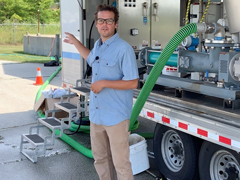
input is aerobically digested sludge from their sludge day tank
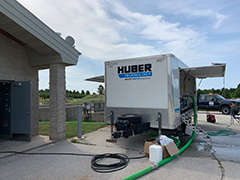
progressive cavity pump draws sludge into the HUBER system
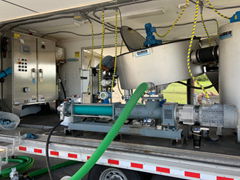
polymer is injected, then an agitator begins the separation of flocced solids and water

solids overflow drain gravitationally over a rotating screen disk
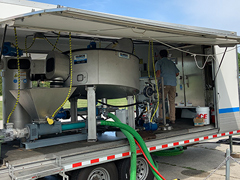
the hopper pump moves the thickened sludge to a holding tank

solids are mixed, aerated & stored, then picked up & hauled away
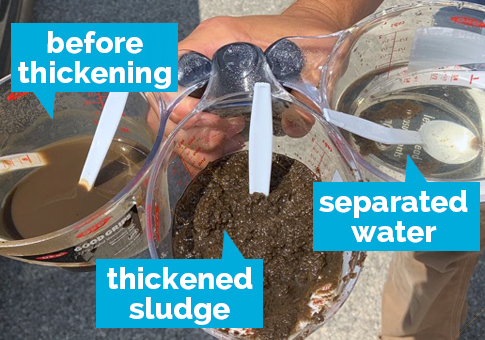
The HUBER Disc Thickener pilot evaluation concluded that the optimal configuration would produce a biosolids content of 5.5% to 6.0% solids. This correlated to approximately five times more concentration of biosolid.
For more information about the HUBER Disc Thickener, contact Steve Berggruen at Energenecs (262) 377-6360
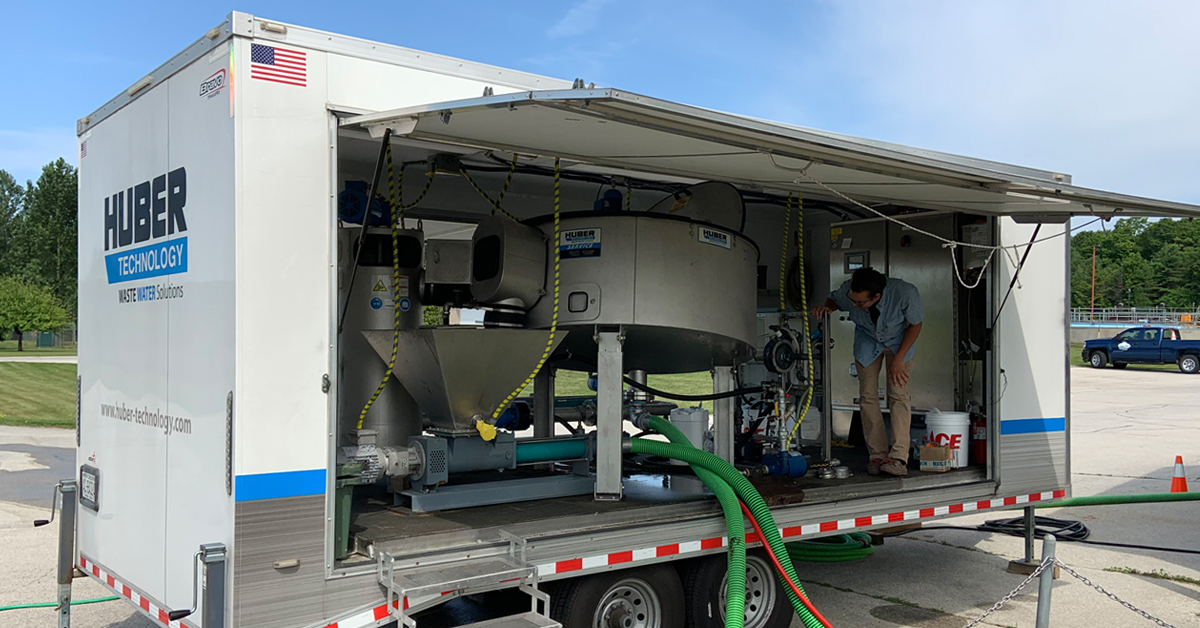


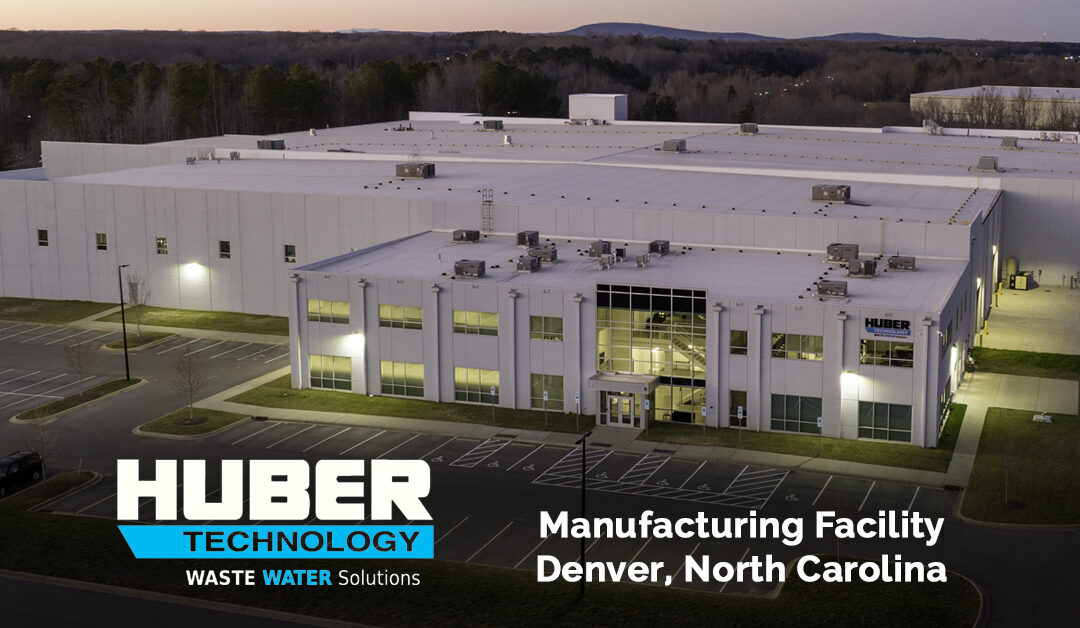
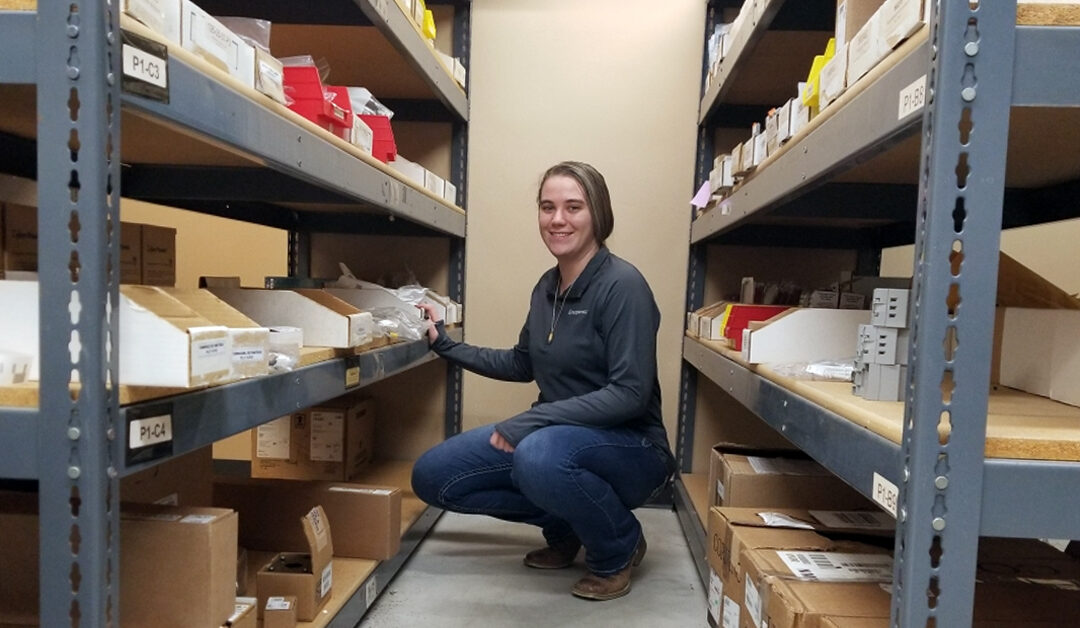

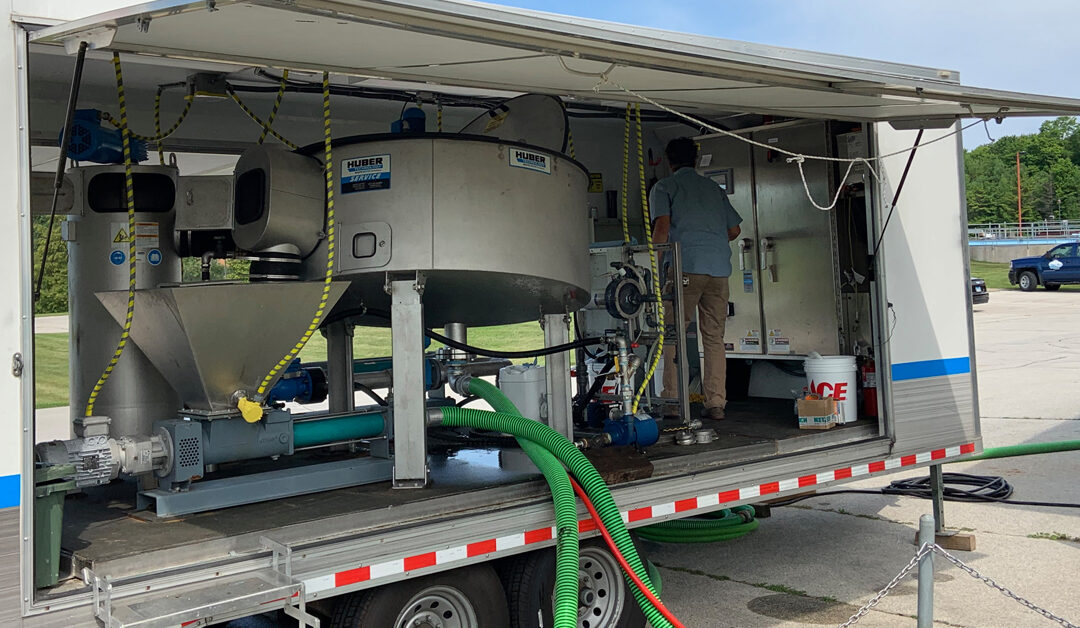
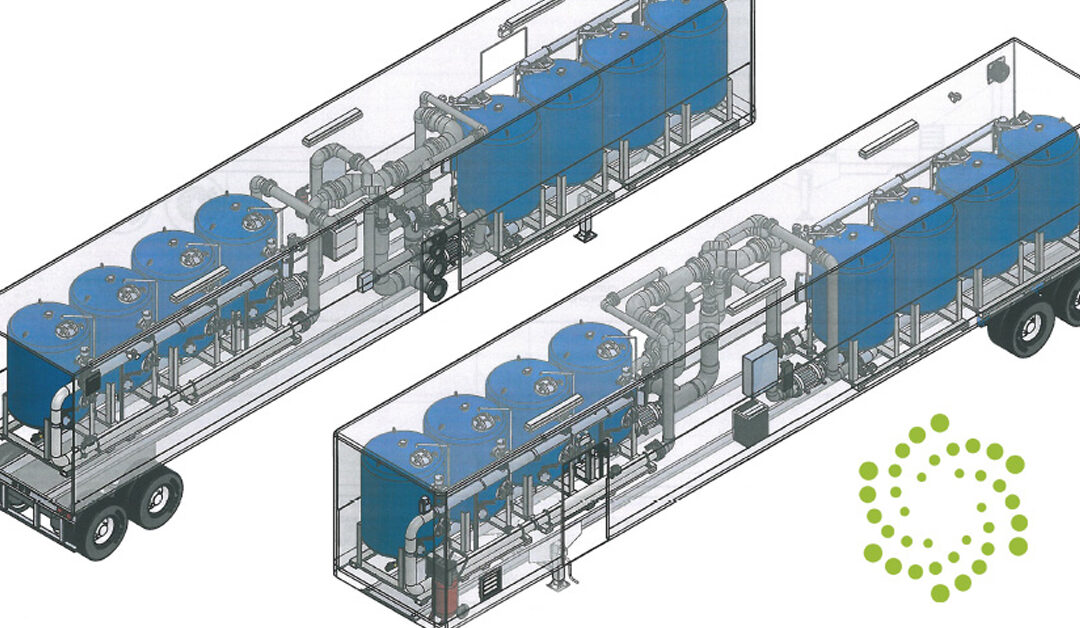
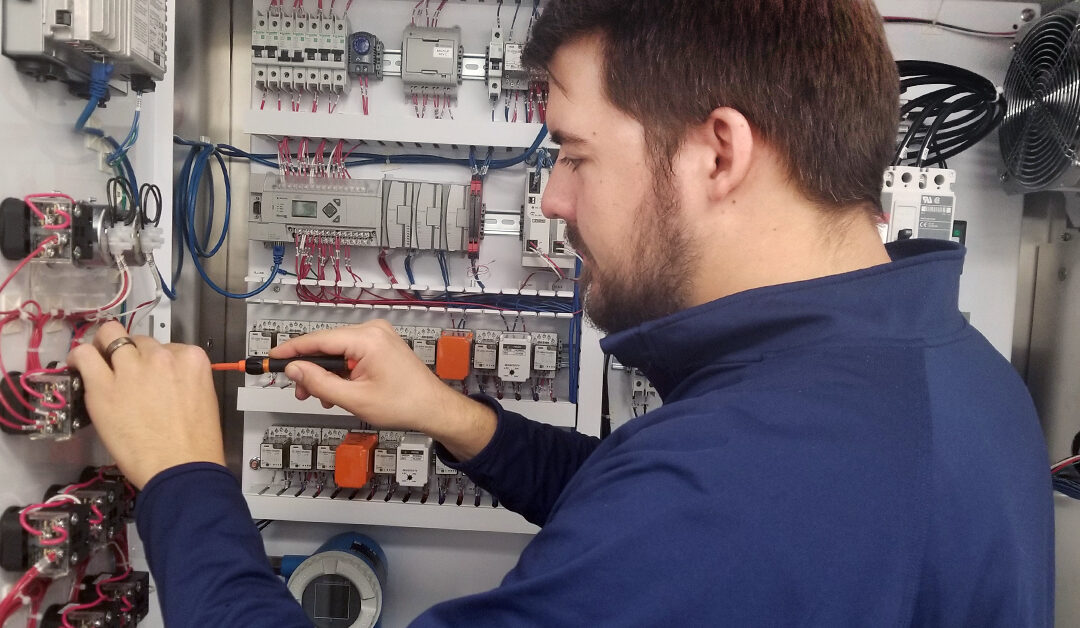


0 Comments